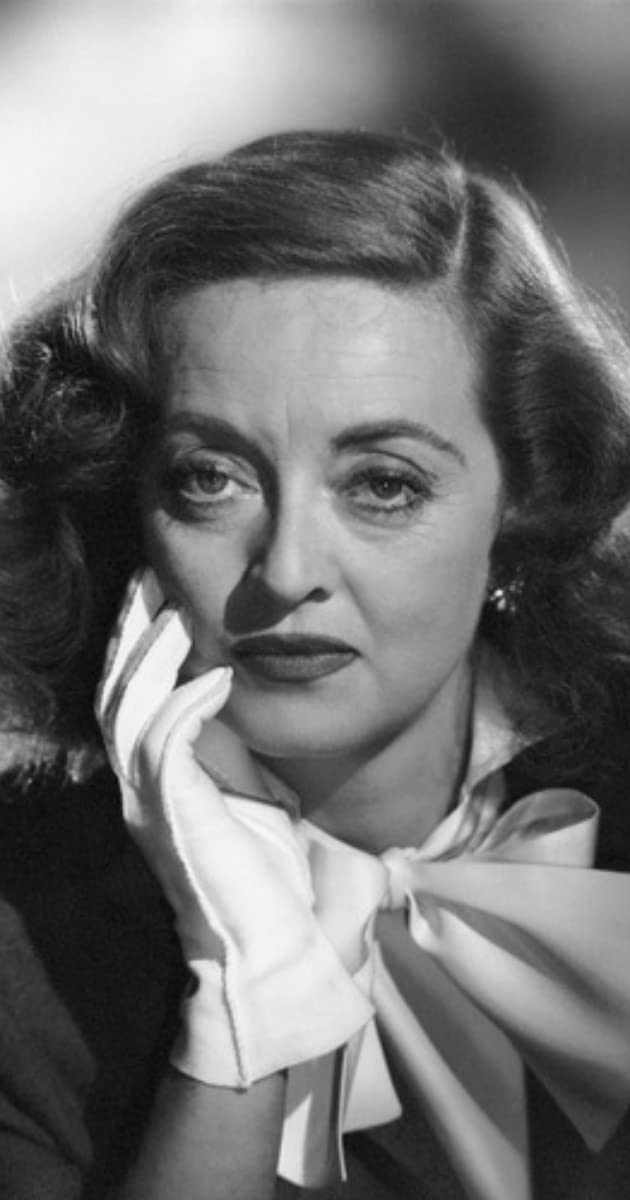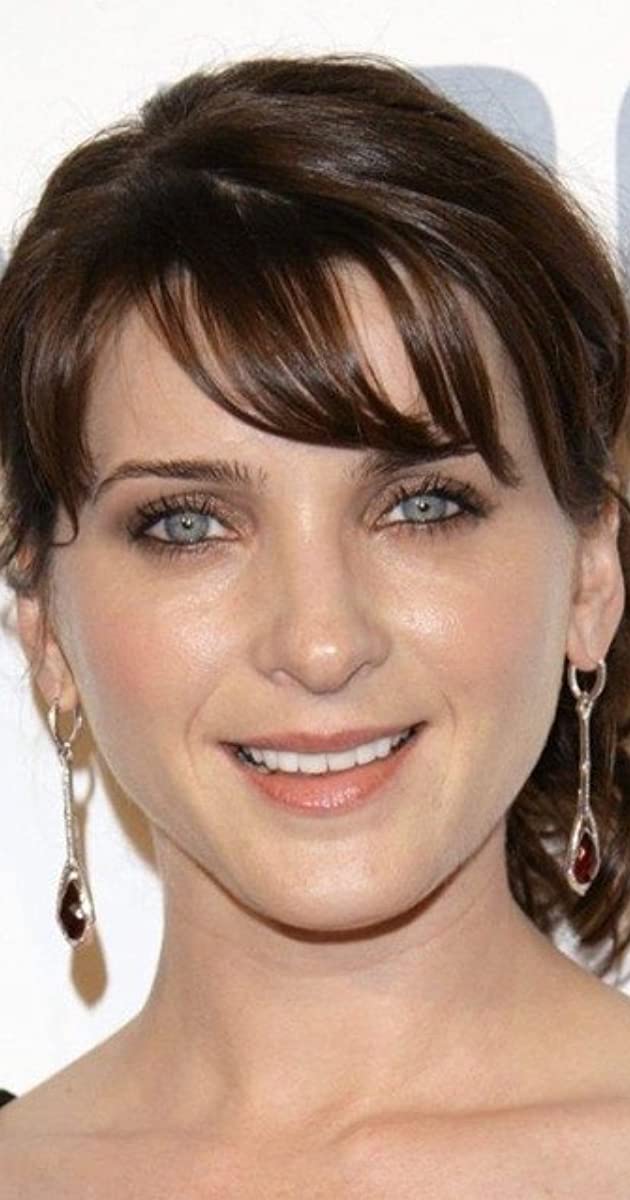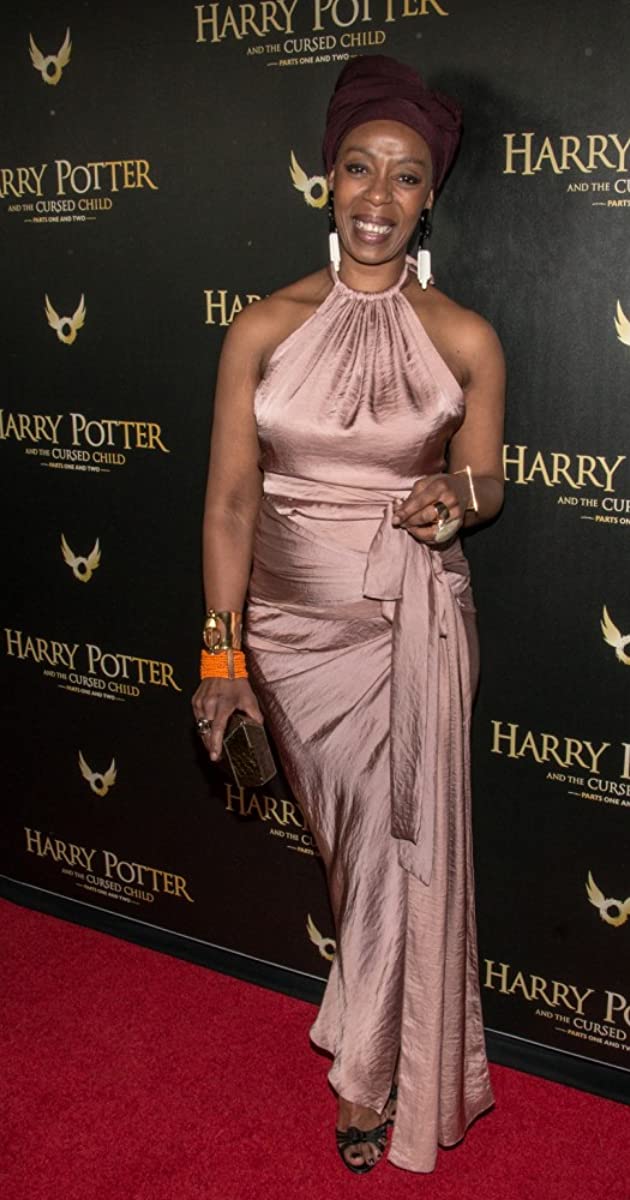
Ruth Elizabeth Davis was born April 5, 1908, in Lowell, Massachusetts, to Ruth Augusta (Favor) and Harlow Morrell Davis, a patent attorney. Her parents divorced when she was 10. She and her sister were raised by their mother. Her early interest was dance. To Bette, dancers led a glamorous life, but then she discovered the stage, and gave up dancing for acting. To her, it presented much more of a challenge.
After graduation from Cushing Academy, she was refused admittance to Eva Le Gallienne’s Manhattan Civic Repertory. She enrolled in John Murray Anderson’s Dramatic School and was the star pupil. She was in the off-Broadway play “The Earth Between” (1923), and her Broadway debut in 1929 was in “Broken Dishes”. She also appeared in “Solid South”. Late in 1930, she was hired by Universal, where she made her first film, called Old Greatheart (1931). When she arrived in Hollywood, the studio representative who went to meet her train left without her because he could find no one who looked like a movie star. An official at Universal complained she had “as much sex appeal as Slim Summerville” and her performance in The Bad Sister (1931) didn’t impress.
In 1932, she signed a seven-year deal with Warner Brothers Pictures. Her first film with them was Seed (1931). She became a star after her appearance in The Silent Voice (1932), known as the actress that could play a variety of very strong and complex roles. More fairly successful movies followed, but it was the role of Mildred Rogers in RKO’s Of Human Bondage (1934) that would give Bette major acclaim from the film critics. She had a significant number of write-in votes for the Best Actress Oscar, but didn’t win. Warner Bros. felt their seven-year deal with Bette was more than justified. They had a genuine star on their hands. With this success under her belt, she began pushing for stronger and more meaningful roles. In 1935, she received her first Oscar for her role in Dangerous (1935) as Joyce Heath.
In 1936, she was suspended without pay for turning down a role that she deemed unworthy of her talent. She went to England, where she had planned to make movies, but was stopped by Warner Bros. because she was still under contract to them. They did not want her to work anywhere. Although she sued to get out of her contract, she lost. Still, they began to take her more seriously after that.
Returning after losing her lawsuit, her roles improved dramatically. In 1938, Bette received a second Academy Award nomination for her work in Jezebel (1938) opposite the soon-to-be-legendary Henry Fonda. The only role she didn’t get that she wanted was Scarlett O’Hara in Gone with the Wind (1939). Warners wouldn’t loan her to David O. Selznick unless he hired Errol Flynn to play Rhett Butler, which both Selznick and Davis thought was a terrible choice. It was rumored she had numerous affairs, among them George Brent and William Wyler, and she was married four times, three of which ended in divorce. She admitted her career always came first.
She made many successful films in the 1940s, but each picture was weaker than the last and by the time her Warner Brothers contract had ended in 1949, she had been reduced to appearing in such films as the unintentionally hilarious Beyond the Forest (1949). She made a huge comeback in 1950 when she replaced an ill Claudette Colbert in, and received an Oscar nomination for, All About Eve (1950). She worked in films through the 1950s, but her career eventually came to a standstill, and in 1961 she placed a now famous Job Wanted ad in the trade papers.
She received an Oscar nomination for her role as a demented former child star in What Ever Happened to Baby Jane? (1962). This brought about a new round of super-stardom for generations of fans who were not familiar with her work. Two years later, she starred in Hush… Hush, Sweet Charlotte (1964). Bette was married four times.
In 1977 she received the AFI’s Lifetime Achievement Award and in 1979 she won a Best Actress Emmy for Strangers: The Story of a Mother and Daughter (1979). In 1977-78 she moved from Connecticut to Los Angeles and filmed a pilot for the series Hotel (1983), which she called Brothel. She refused to do the TV series and suffered a stroke during this time.
Her last marriage, to actor Gary Merrill, lasted ten years, longer than any of the previous three. In 1985, her daughter Barbara Davis (“B.D.”) Hyman published a scandalous book about Bette called “My Mother’s Keeper.” Bette worked in the later 1980s in films and TV, even though a stroke had impaired her appearance and mobility. She wrote a book, “This ‘N That”, during her recovery from the stroke. Her last book was “Bette Davis, The Lonely Life”, issued in paperback in 1990. It included an update from 1962 to 1989. She wrote the last chapter in San Sebastian, Spain.
Sadly, Bette Davis died on October 6, 1989, of metastasized breast cancer, in Neuilly-sur-Seine, Hauts-de-Seine, France. Many of her fans refused to believe she was gone.


